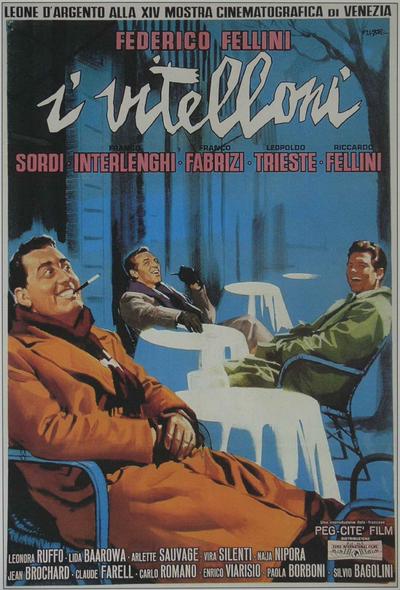
Plot Synopsis
Tragic story of a naive prostitute searching for true love in the seediest sections of Rome.
Nights of Cabiria Essay by Federico Fellini
The subject of loneliness and the observation of the isolated person has always interested me. Even as a child, I couldn’t help but notice those who didn’t fit in for one reason or another—myself included. In life, and for my films, I have always been interested in the out-of-step. Curiously, it’s usually those who are either too smart or those who are too stupid who are left out. The difference is, the smart ones often isolate themselves, while the less intelligent ones are usually isolated by the others. In Nights of Cabiria, I explore the pride of one of those who has been excluded.Read More »








